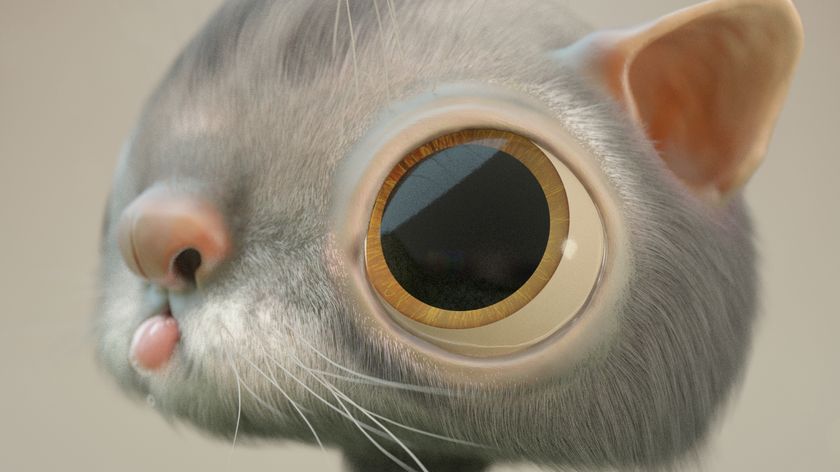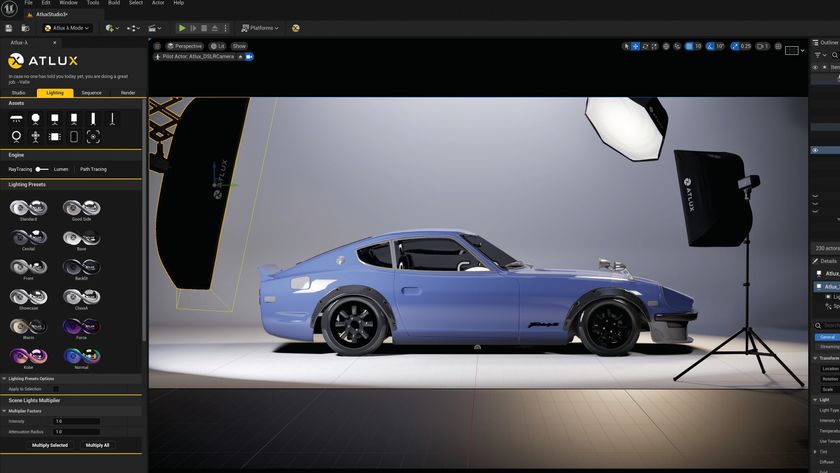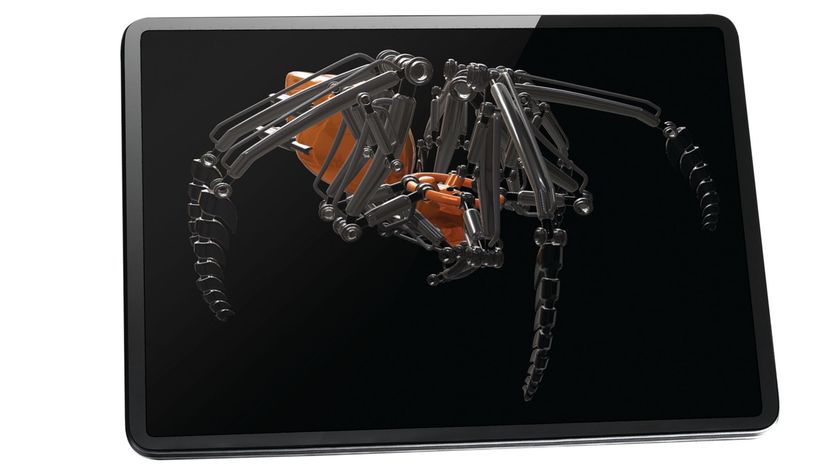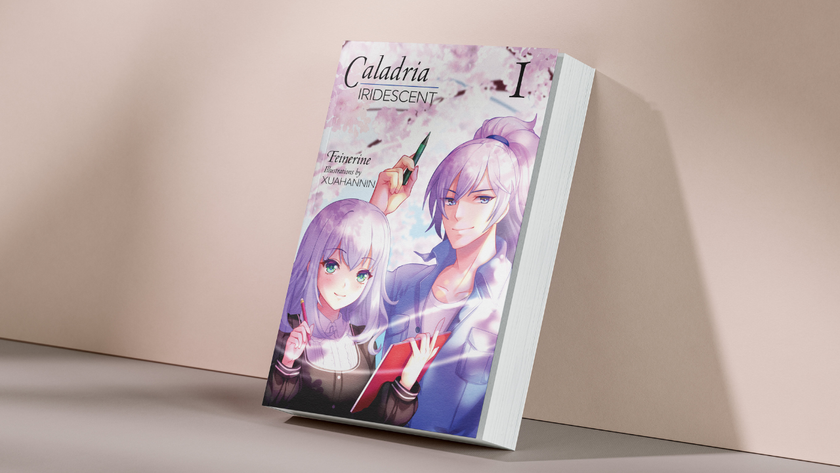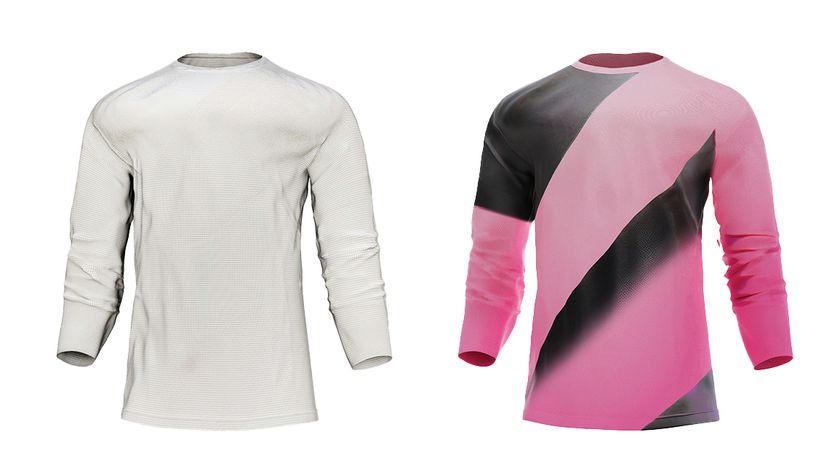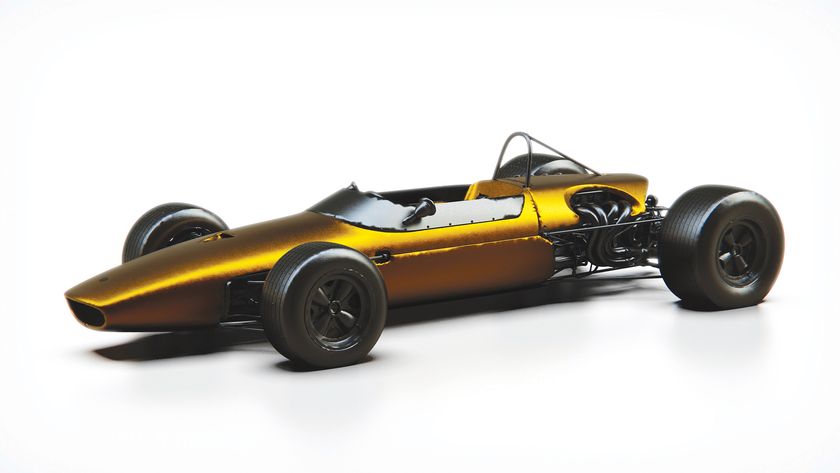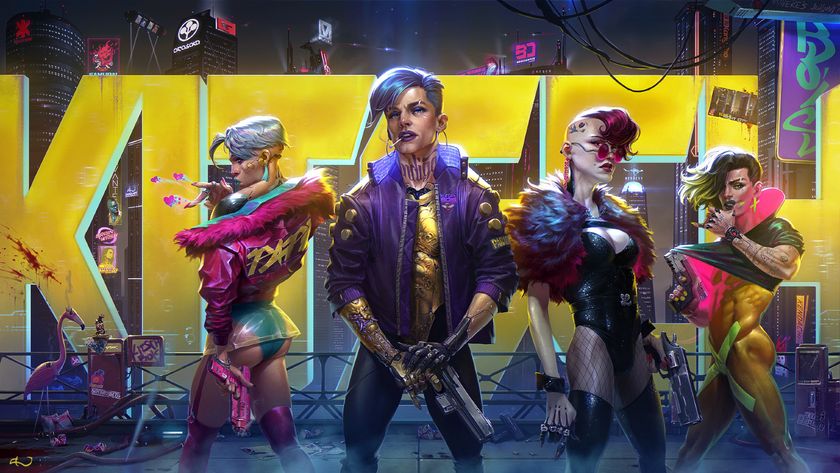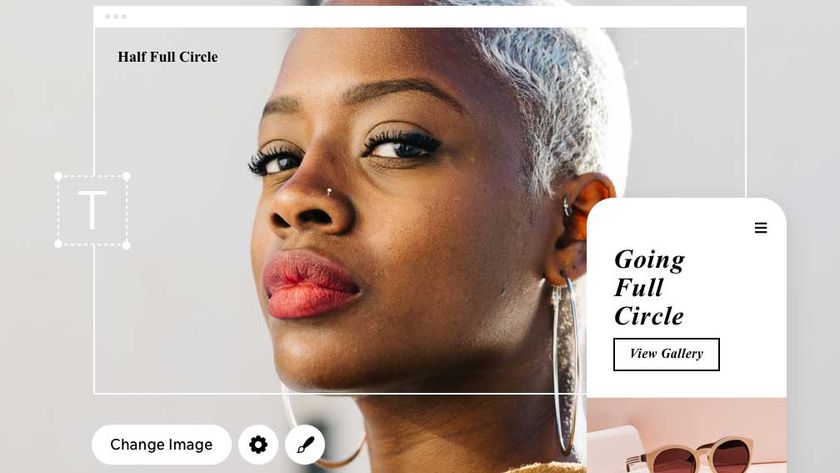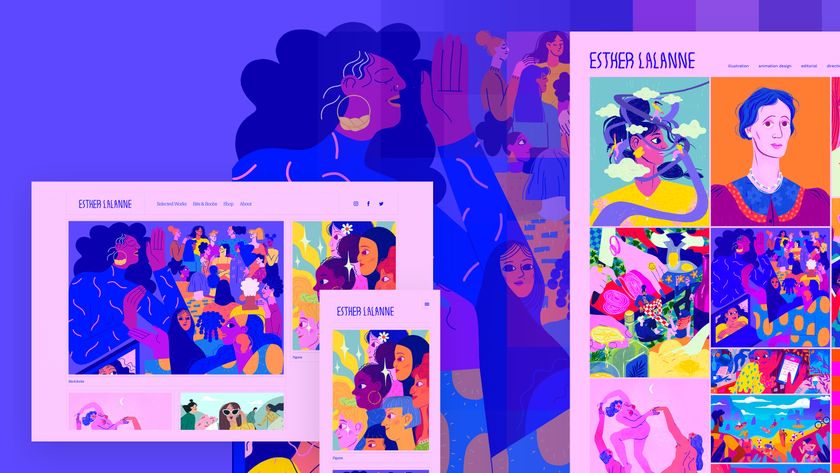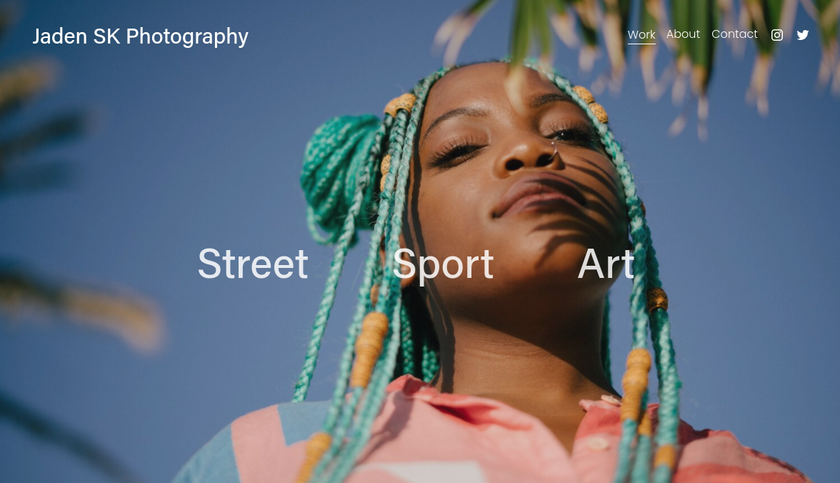How to craft the perfect portfolio
Discover how to impress a creative director and win your dream design job.
Today's new design graduates face a unique set of challenges – and how to present a portfolio is one of the biggest.
Portfolio formats are evolving all the time. Just as big agencies and studios struggle with how best to present work to potential clients, designers searching for jobs have all sorts of decisions to make when it comes to creating a stunning portfolio to show a creative director.
Do you put it up on Behance and email out a link when you apply for a job? Should you make a flashy iPad presentation to swipe through in the interview? Would it be better to buy a big, old-fashioned folio book and fill it with high quality print-outs of your latest and greatest projects? Maybe something even more imaginative is what's expected?
01. Think about who's doing the hiring
It would be lovely if there was one sure-fire answer to all of these questions, but really it depends hugely on who's doing the hiring. Every creative director has different needs in terms of the job itself, and they all have different tastes when it comes to presentation. But instead of trying to guess what's expected of you, the best thing to do is to focus on your work and let it guide your decisions.
02. Be versatile
"I do like a physical portfolio – an iPad presentation can be good too," muses Karen Jane, head of design at Wieden+Kennedy London.
"Ultimately, your discipline is likely to dictate how the work is best presented. If you have a range of work you may want to present on screen but have some printed pieces too. Or your work may be entirely screen based. It's about putting the work across in the best way."
03. A range of work is important
Working in a big, global agency with so many different clients, Jane oversees a huge variety of projects. So it makes sense if you're aiming to work for a big agency to develop a portfolio that demonstrates your versatility.
"A range of work is really important, one that shows off how you tackle different projects. The range of projects we work on here at Wieden+Kennedy is pretty broad so it's good to be able to see versatility in a portfolio."
04. Show some personality
Employing 10 people – though they're hiring a few more designers – Leeds-based Golden is much smaller than W+K, so co-founder and creative director Rob Brearley takes a slightly different approach to portfolios. Personality often plays an important role in a small organisation, and showing that you understand the studio and its mission helps.
"We're looking for 'golden people' who share our vision, talented visual thinkers, who can turn their hand to anything," says Brearley. "Initially I'd prefer to be contacted with either a link or PDF attachment of work examples – a brief, well-presented taster of who you are and what you can do," he continues.

05. Let the work shine
"For face-to-face interviews, I don't mind what format the work is presented in, either print or digital. The format should be invisible, allowing the work to shine through," says Brearley.
"It should be bold, simple and ultimately relevant to the work and the personality of the presenter. Folio presentations should flow smoothly, without awkward paper folds or software glitches. Think it through carefully."
06. Give a snapshot of important skills
It's a similar story if you apply to Steve Richardson, co-founder and creative director at Mr B & Friends in Bath. The agency started off small but has grown fast and roles they're recruiting for include artworkers and middleweight developers. There might also be a spot coming up for a senior creative.
What Richardson looks for is a practical and direct form of presentation."I don't mind how someone shows their portfolio, as long as it gives a really good snapshot of their skills and talent," he explains.
07. Be engaging
If impressed, a creative director like Richardson will then want to find out what you're really like via an interview. As with Golden, it's a case of proving you're the person they're looking for in terms of work and personality.
"I'm much more interested in the individual, hearing from them what they have achieved and what makes them tick, to make sure the cultural fit is right for my team. Then it's about the portfolio, how they present, is the candidate engaging, do they look interested, have they credibly done this work and can they talk about it fully," says Richardson.
08. Craft a narrative
Telling your story, as well as the stories behind your work, is a crucial criterion for a successful portfolio if you're applying to Kjetil Wold at the Norwegian agency Anti.
Wold is co-founder, creative director and consultant with the company, where there's a growing emphasis on motion at the moment. Because motion work requires narrative, Richardson is keen to find designers and animators who understand this. The ability to explain concepts and show purpose is what he looks for.
09. Don't neglect your online showcase
"We always look for people who understand concepts and storytelling, and can make excellent visuals. We want to see work that's anchored in a reason for being there. Right now we're searching for more motion-graphic designers because everything needs to be in motion these days," he says.
"The best thing is to start off with an online reference to give us a reason to say, 'Hi'. It could be a link to your work on Behance, or impress us even more with a well-designed personal site. Then we might meet up and see if your personality and the arguments behind your solution actually match what we're looking for."
Next page: nine more tips for crafting the perfect portfolio

Thank you for reading 5 articles this month* Join now for unlimited access
Enjoy your first month for just £1 / $1 / €1
*Read 5 free articles per month without a subscription

Join now for unlimited access
Try first month for just £1 / $1 / €1
Get the Creative Bloq Newsletter
Daily design news, reviews, how-tos and more, as picked by the editors.
The Creative Bloq team is made up of a group of design fans, and has changed and evolved since Creative Bloq began back in 2012. The current website team consists of eight full-time members of staff: Editor Georgia Coggan, Deputy Editor Rosie Hilder, Ecommerce Editor Beren Neale, Senior News Editor Daniel Piper, Editor, Digital Art and 3D Ian Dean, Tech Reviews Editor Erlingur Einarsson and Ecommerce Writer Beth Nicholls and Staff Writer Natalie Fear, as well as a roster of freelancers from around the world. The 3D World and ImagineFX magazine teams also pitch in, ensuring that content from 3D World and ImagineFX is represented on Creative Bloq.
